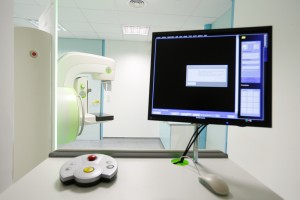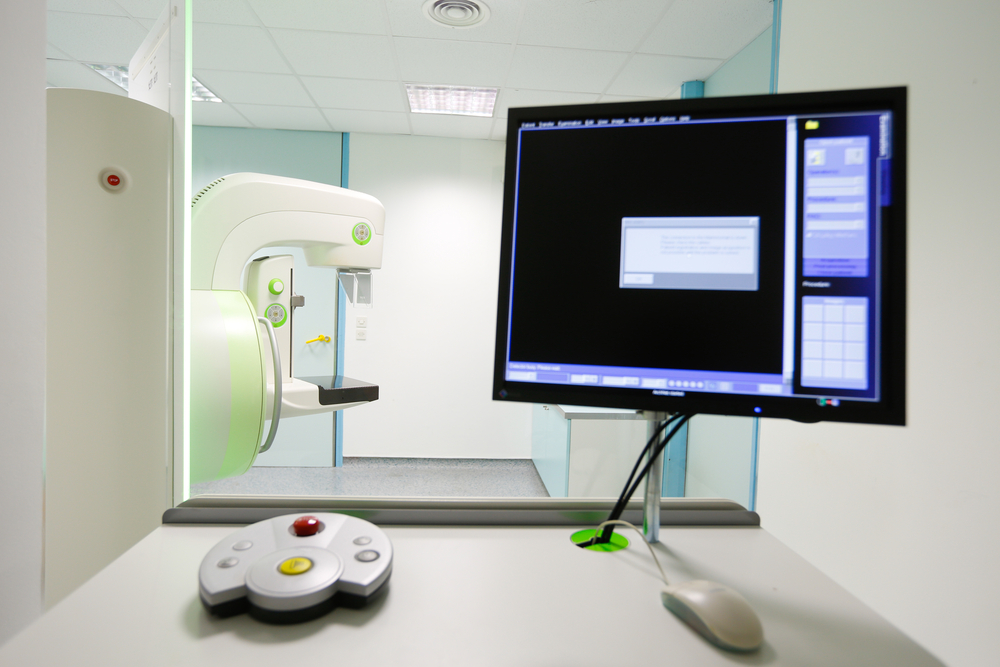 A large research study that found 3-D mammography improves breast cancer detection in women with dense breasts was presented during the 2014 meeting of the Radiological Society of North America (RSNA).
A large research study that found 3-D mammography improves breast cancer detection in women with dense breasts was presented during the 2014 meeting of the Radiological Society of North America (RSNA).
Women that have dense breast tissue are at a higher risk of developing breast cancer since they have more fibrous or glandular tissue compared with women with less dense breasts. Additionally, in women with dense breasts, nodules are harder to detect with standard mammogram technology.
Evidence shows that although ultrasound and magnetic resonance imaging have a better response at targeting cancers than mammograms, they present a high rate of false-positive results. This causes further unnecessary biopsies, making these screening modalities less cost-effective.
Recently, studies have shown that 3D mammography is an accurate, cost-effective and efficient method for breast cancer detection, demonstrating this method is responsible for a reduction in the number of false-positives, that ultimately are anxiety-inducing.
A team of researchers from the Department of Radiology at the Oslo University Hospital in Norway, lead by Per Skaane, M.D., Ph.D., evaluated tomosynthesis (3D mammography) as an encouraging breast cancer screening method that tackles the limitations found in other screening modalities and can additionally provide 3-D assessments.
“Tomosynthesis could be regarded as an improvement of mammography and would be much easier than MRI or ultrasound to implement in organized screening programs,” Dr. Skaane said in a press release “So the intention of our study was to see if tomosynthesis really would significantly increase the cancer detection rate in a population-based mammography screening program.”.
In their study, the researchers screened a total of 25,547 women aged 50 -69 years and compared 3D mammography in combination with full-field digital mammography (FFDM) or FFDM alone.
[adrotate group=”3″]
The results showed that 3D mammography together with FFDM was responsible for the detection of 211 breast cancer cases while FFDM alone was only able to detect 163 cancer cases. In terms of dense breasts cancer detection (classified according to the BI-RADS breast density scale 1 to 4), 3D mammography combined with FFDM identified 80% of all breast cancers, versus 59% with FFDM alone.
“Our findings are extremely promising, showing an overall relative increase in the cancer detection rate of about 30 percent. Stratifying the results on invasive cancers only, the relative increase in cancer detection was about 40 percent”, Dr. Skaane added in the press release.
“Our results show that implementation of tomosynthesis might indicate a new era in breast cancer screening,” he concluded.

